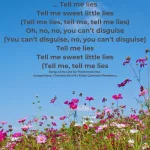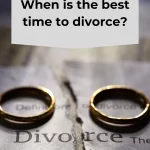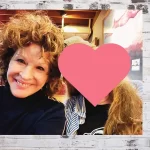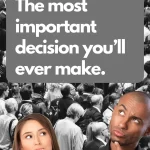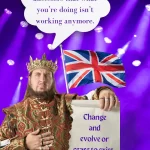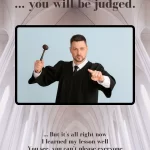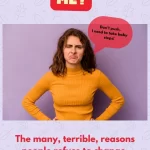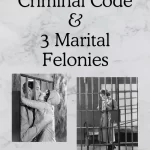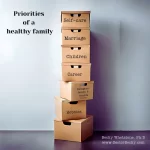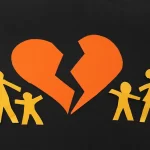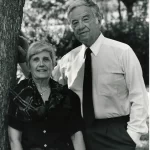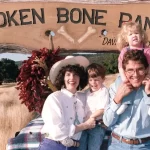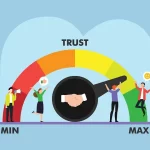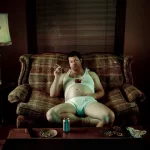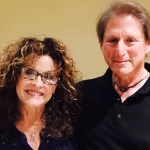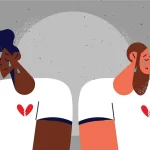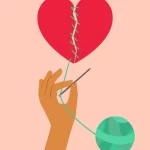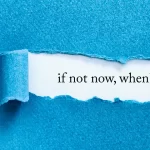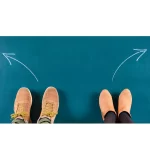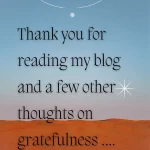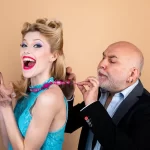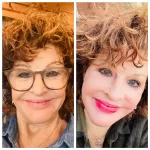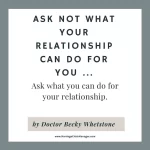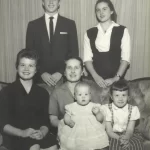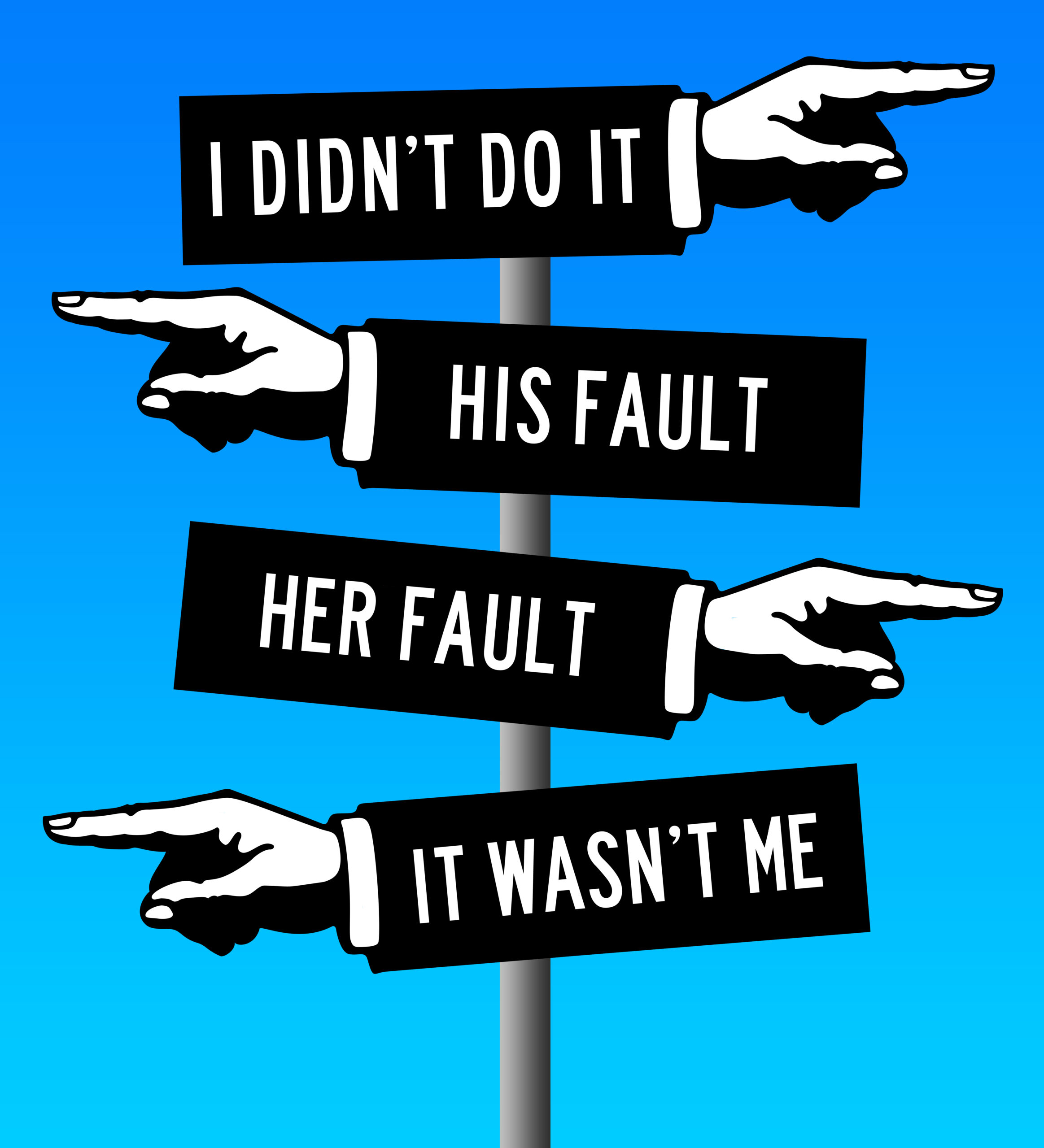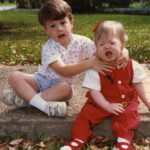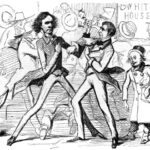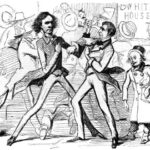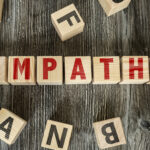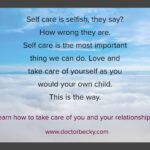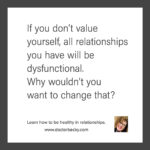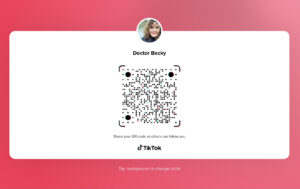by Becky Whetstone, Ph.D.
Jenny was only 18 years old, and my heart ached to see her cry over the loss of her first love. It was one year after it had ended, and her father was so worried about her withdrawing and isolating from friends and activities that he sent her to me to see if I could help. In our first session, Jenny admitted that she didn’t want to come to counseling because she felt she already knew what to do, and that was to not trust people.
“It’s not worth the risk,” she said. “I don’t want to hurt again.”
I could relate. Just like many of us, I’d had experiences like Jenny’s, and for years followed a pattern of getting hurt, withdrawing and isolating, then reemerging to present myself for relationship, only to fall back into the same trap of getting hurt once again. After more than my fair share of heartache, I came to believe that hiding my heart and not making myself vulnerable was the only answer, but now I know that’s not true.
The problem is, most of us sway between totally trusting people, and having no trust whatsoever – and this becomes the framework for the unhealthy pattern of “Here I am, hurt me!,” followed by withdrawal and isolation. Now, instead of handing someone my full trust at the beginning of a potential relationship, I have learned that the answer lies in finding a neutral ground from which to start the journey.
The way I do it is by imagining a vertical scale – at the top of the scale is +10, and at the bottom of the scale is –10, and in the middle is a zero, or neutral zone. When I meet a person I am interested in, I begin my level of trust in the neutral zone, meaning I don’t trust, but don’t mistrust, either. Instead, I stay neutral and allow the person to make trust deposits or withdrawals over time, based on what he says and does. If John says he’ll call me tomorrow and doesn’t, then he gets a withdrawal. If he does call, he gets a deposit.
+10 = Total Trust
.
.
.
.
0 = Neutral Trust
.
.
.
.
– 10 = No Trust
When you’re getting to know someone you’re interested in, it’s crucial to pay attention to the clues and cues the other person is giving you, and to not ignore or minimize red flag warnings tossed your way. For example, if he says he’s going to do something and doesn’t, give him the deduction. Of course, egregious or generous actions are deducted or credited accordingly – if he forgets your dog’s birthday you might not deduct at all, if she says she’s home with the flu and you see her an hour later at Bob’s Bar doing the boogaloo, you probably ought to mark the account overdrawn. If he pays off your house, well, you know…
Managing your trust account means trust is earned and not given to anyone who falls into the negative zone – it’s that simple. The way I look at is that I consider my trust to be as valuable as a $1 million gold bar – and I wouldn’t just hand something like that to anyone. Instead, I need to get to know and learn about the person, I want to see how that person reacts to situations over time. If he earns credits and maintains the account at a high level of trust over a period of time, then he gets to hold the bar.
Remember, people show you who they are through their actions, and if a person can’t make enough trust deposits to stay in the positive zone, then it’s pretty obvious what needs to be done. Whether it’s a friend, romantic partner, co-worker, or Santa Claus, if the person maintains a negative balance in your trust account, then it’s time for him (or her) to go.
One last thing – now that you understand how the trust scale works, apply the same idea to love. Don’t throw your heart into a brand new relationship willy-nilly – instead, keep it in the neutral zone and let the person earn your love in increments over time. No matter how you look at it, there is risk when it comes to loving and trusting someone, and there are no guarantees. But if you use the Trust Account model, you will be making a thoughtful decision, and that’s what it’s all about.
 Becky Whetstone is an Arkansas native and has a Ph.D. in Marriage and Family Therapy from St. Mary’s University in San Antonio, Texas. She is a Licensed Marriage and Family Therapist (LMFT) in Texas and Arkansas.
Becky Whetstone is an Arkansas native and has a Ph.D. in Marriage and Family Therapy from St. Mary’s University in San Antonio, Texas. She is a Licensed Marriage and Family Therapist (LMFT) in Texas and Arkansas. 

